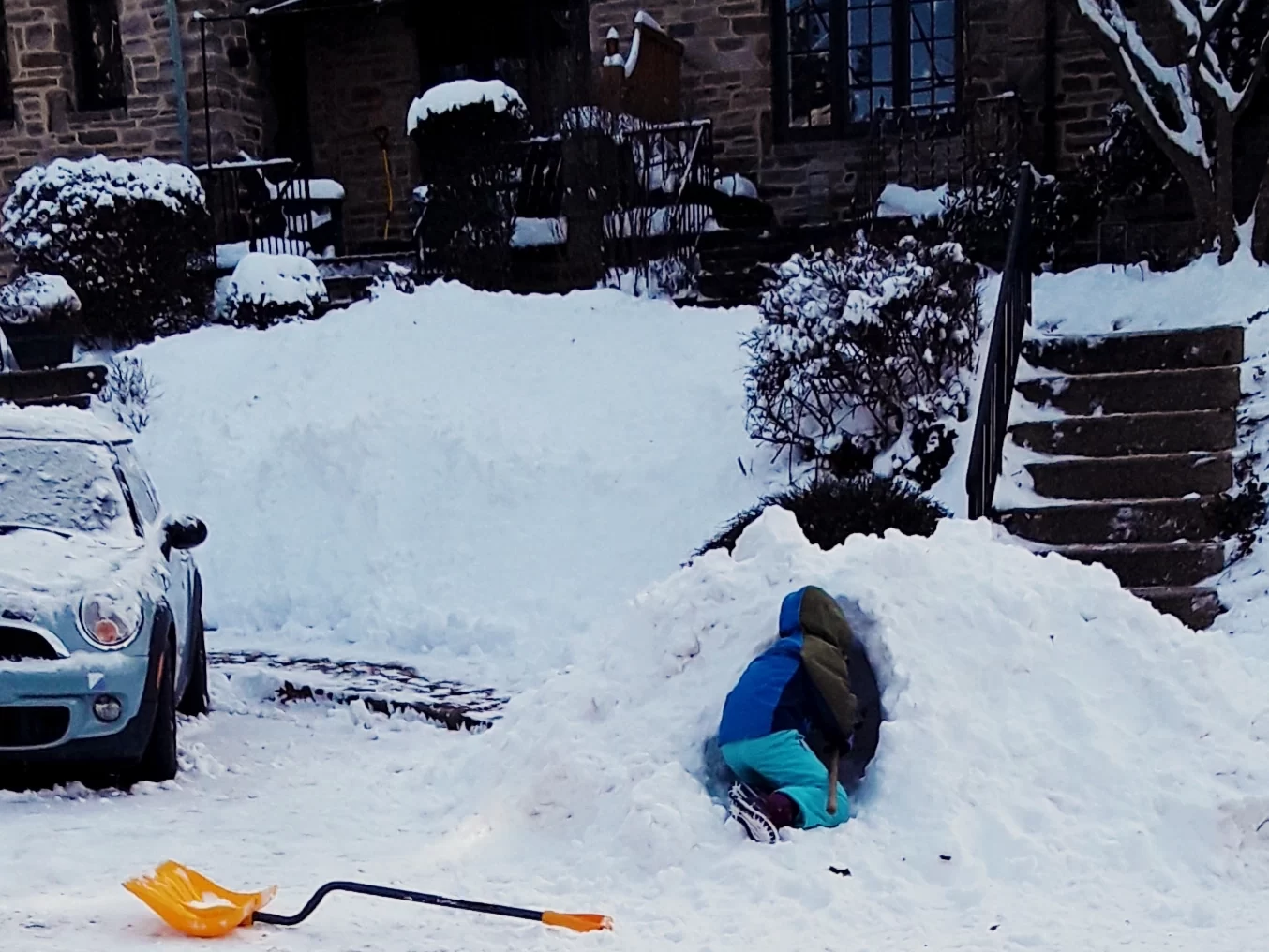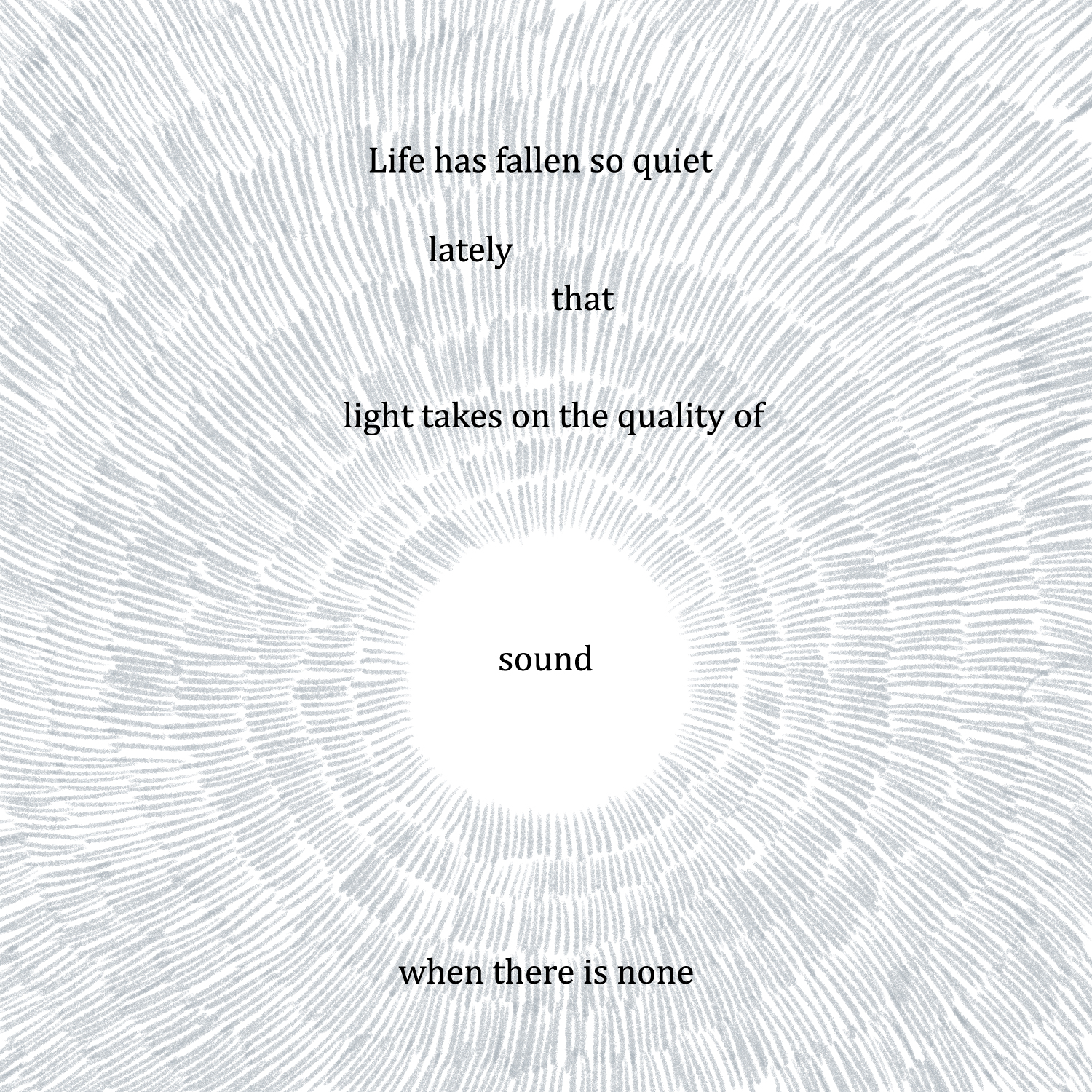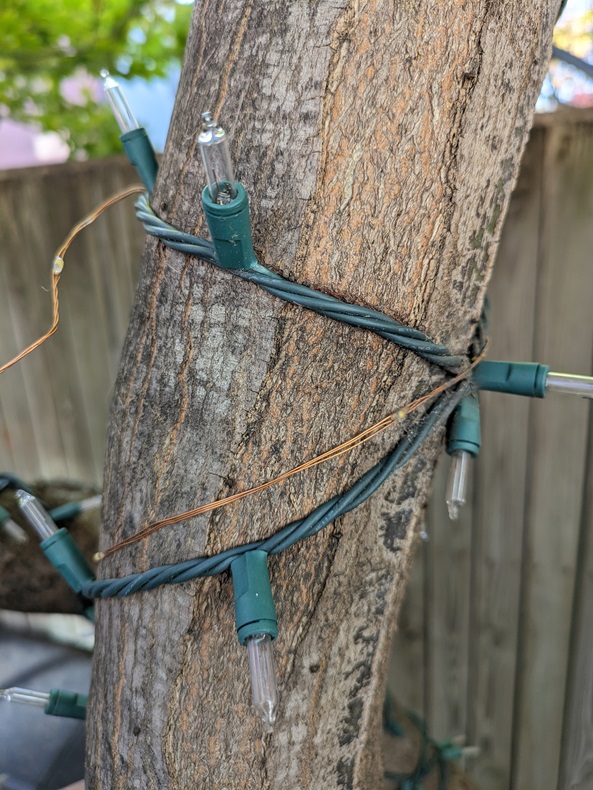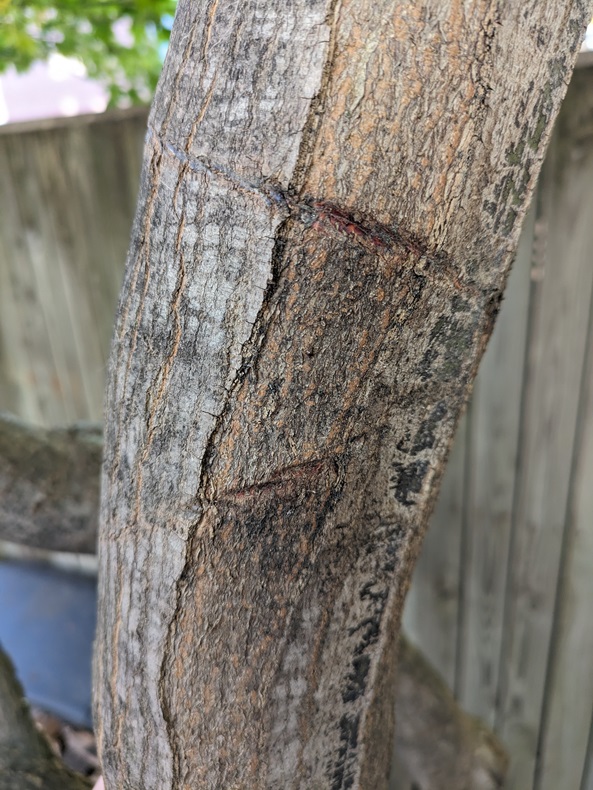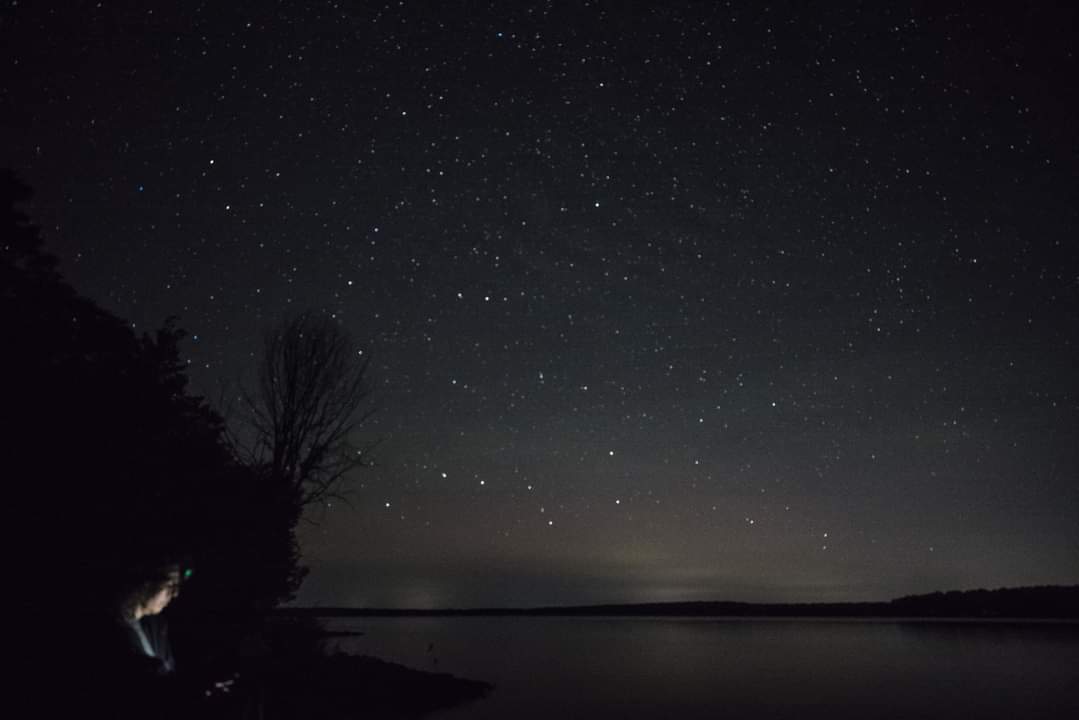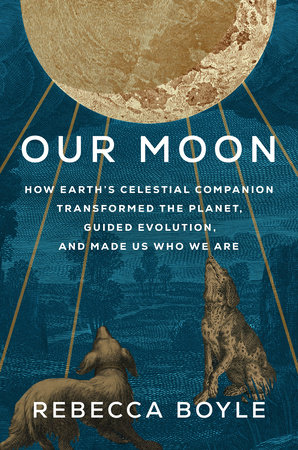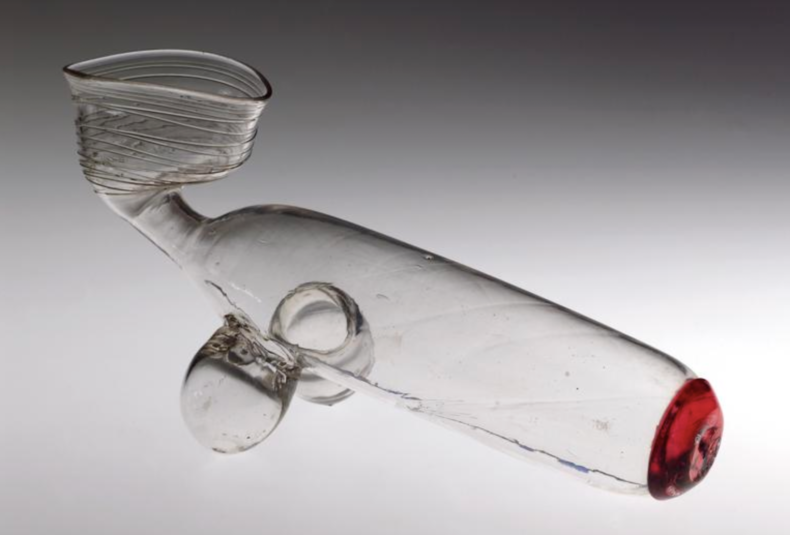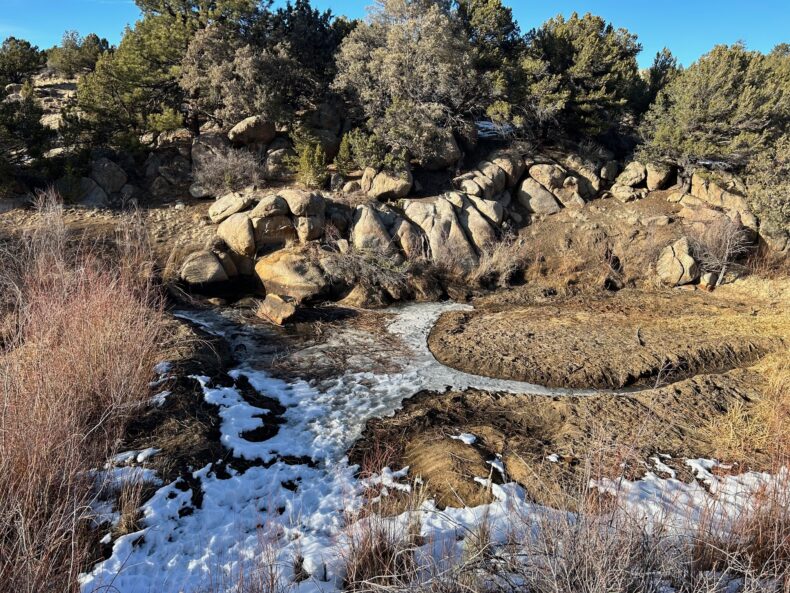
Years ago, Carol Evans, then a Bureau of Land Management biologist in northeastern Nevada, told me she wanted to write a book called Stream Stories — a series of vignettes about the many creeks that webbed her region and defined her career. I have no idea if she’s working on this today (Carol, if you’re reading this, I hope you are!), but it always struck me as a brilliant premise. Streams and narratives have much in common: they flow between points yet never truly end, they are subject to the forces of history yet shape it themselves. And they both have protagonists — in the streams’ case, the living beings who dwell within them and, in some cases, sculpt their physical form.
Here, then, is my stab at a brief stream story, featuring a waterway called Sevenmile Creek. And, like so many good stream stories, it co-stars beavers.
Sevenmile Creek runs down a shoulder of scraggly pinyon-juniper forest that looms above Buena Vista, Colorado, a town on the banks of the Arkansas River. For the last several years, Sevenmile’s flow has been diminishing, for reasons that aren’t entirely clear — drought, perhaps, or some subtle change in hydrology or land use. Regardless, the dwindling water has spelled trouble for its resident beavers, which, though capable of transforming even the thinnest streams into robust ponds, can’t conjure water from thin air.
One January morning, I paid Sevenmile’s beavers a visit with Mark Beardsley, Cat Beardsley, and Jessica Doran, three beaver aficionados who restore Colorado streams under the banner of a company called EcoMetrics. We walked a couple of miles down one of the gazillion rutted dirt roads that cuts across public land in this corner of Colorado, our dogs weaving around our ankles. Distant coyotes yipped and wailed.
When the road reached Sevenmile Creek, we found it had gone virtually dry. A stranded beaver lodge, its normally submerged entrances yawning like cave mouths, stood in a damp meadow, the crumbling ruins of an ancient kingdom. I felt a twinge of foreboding.
Continue reading